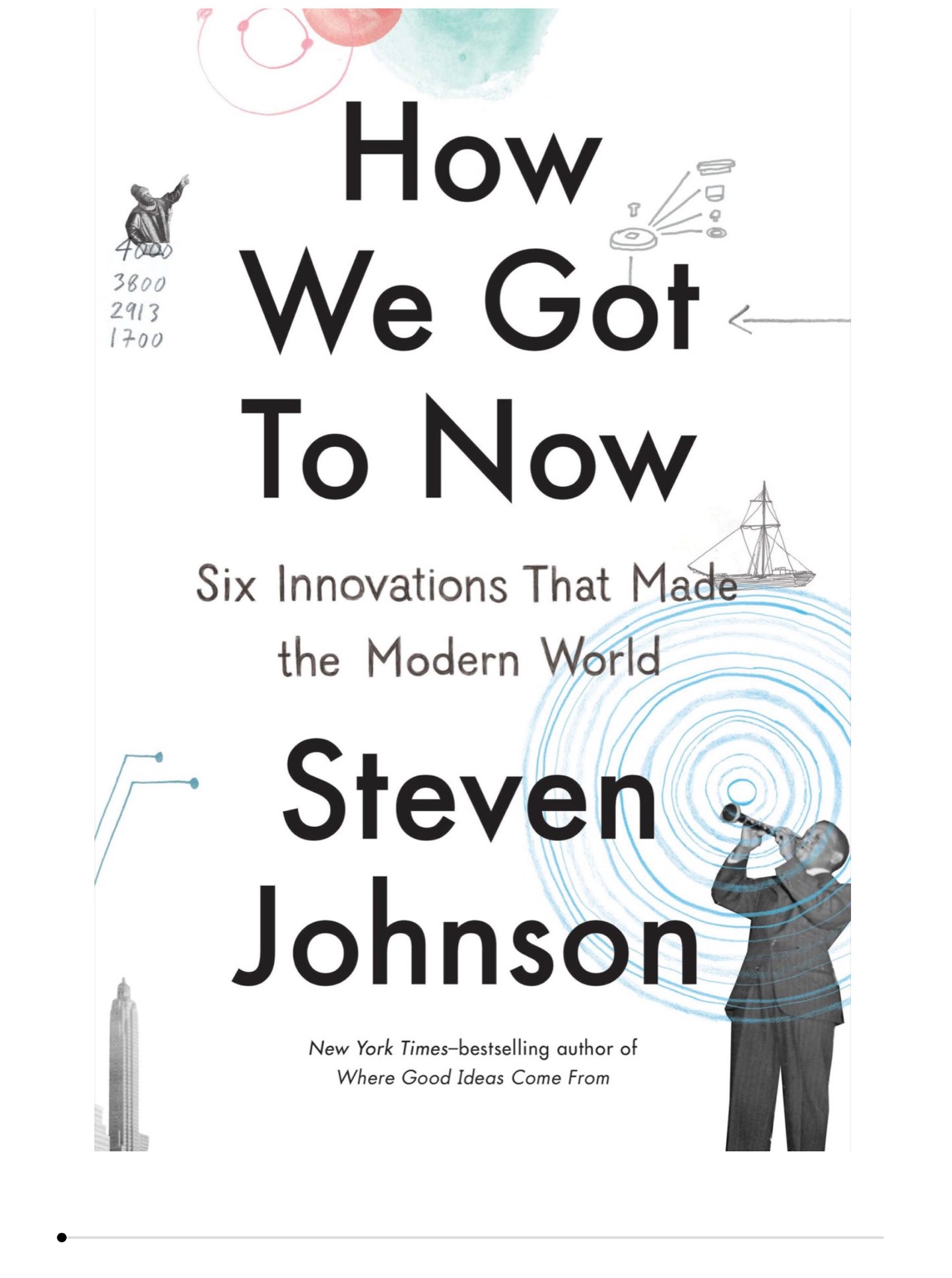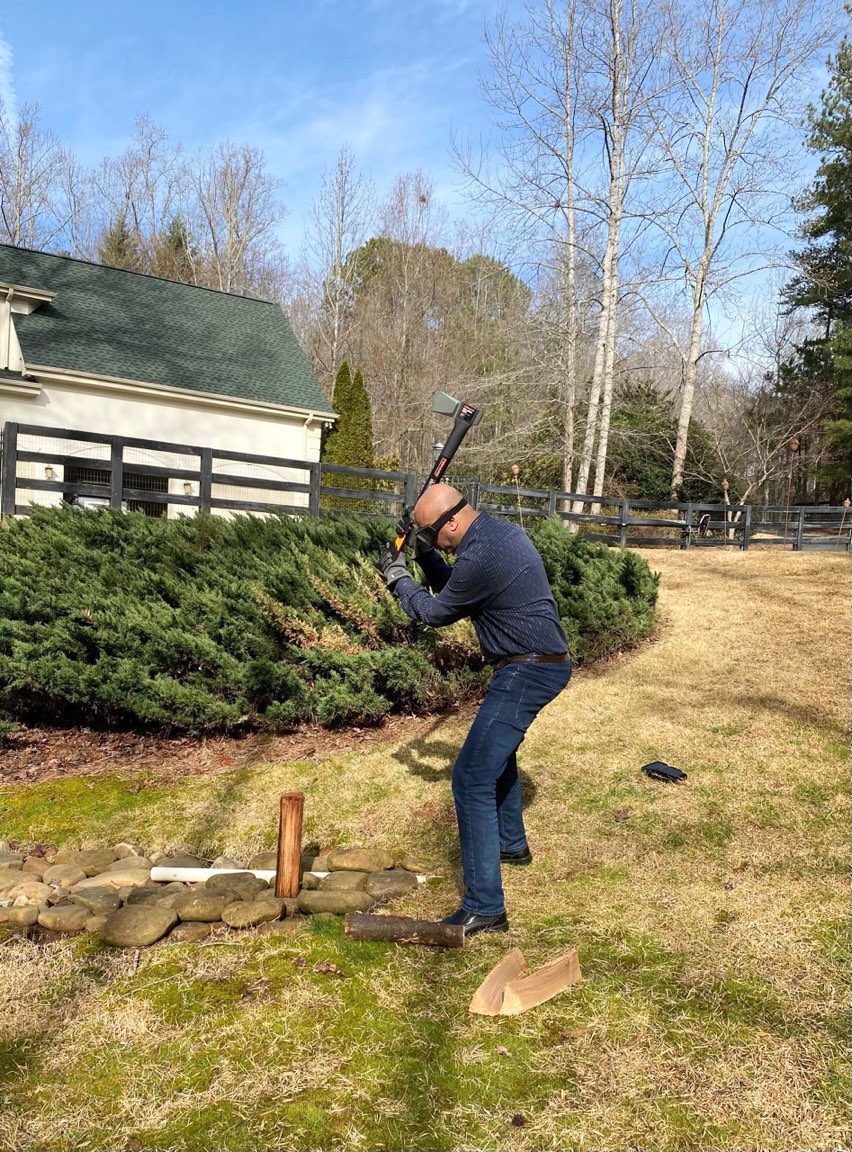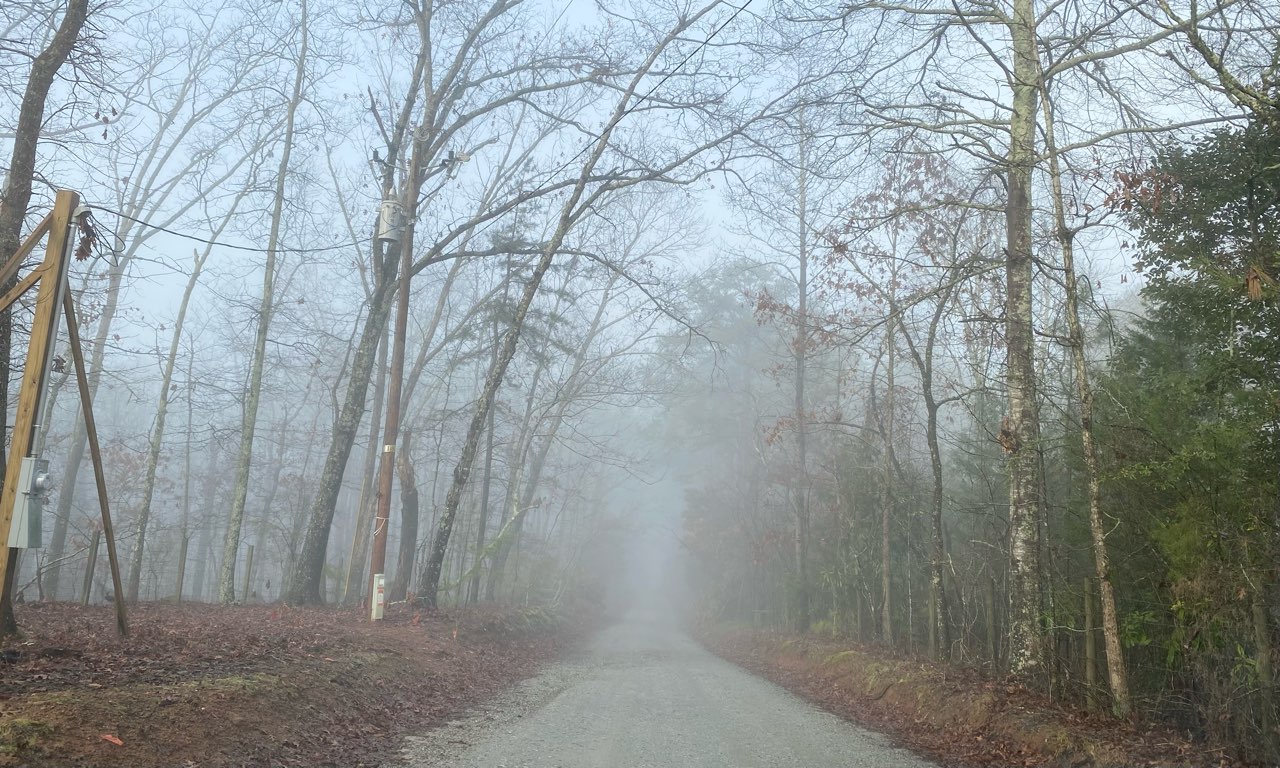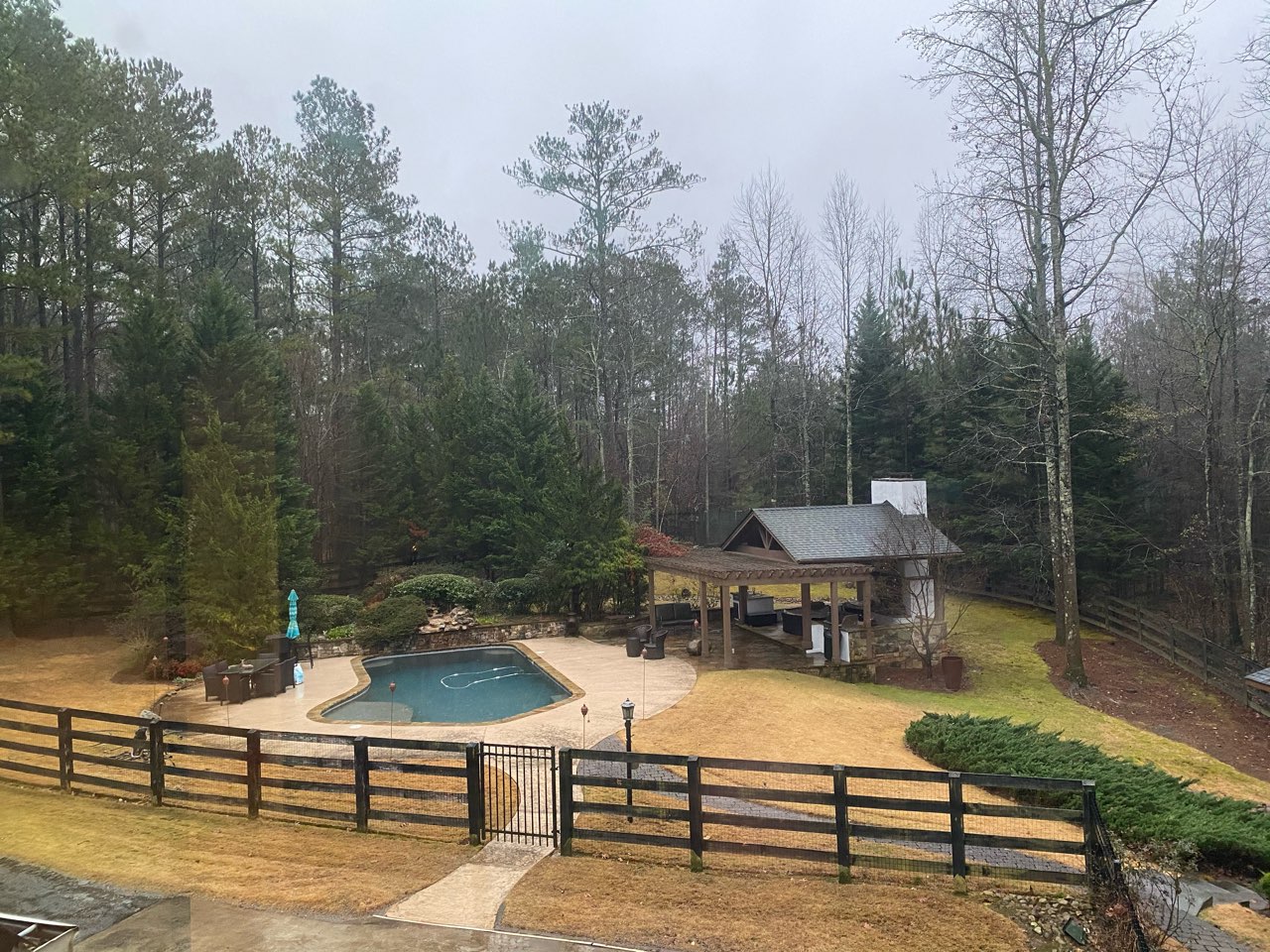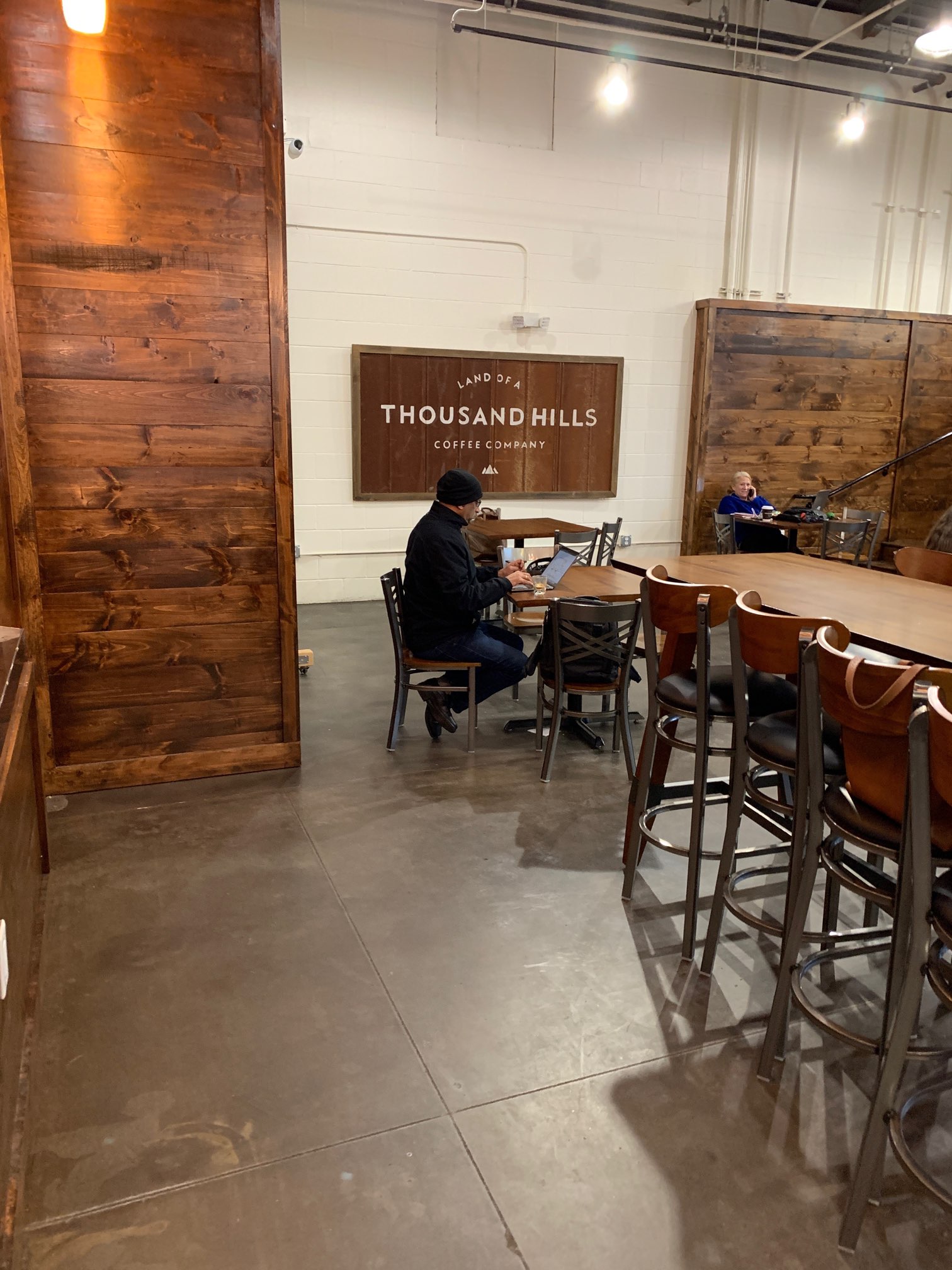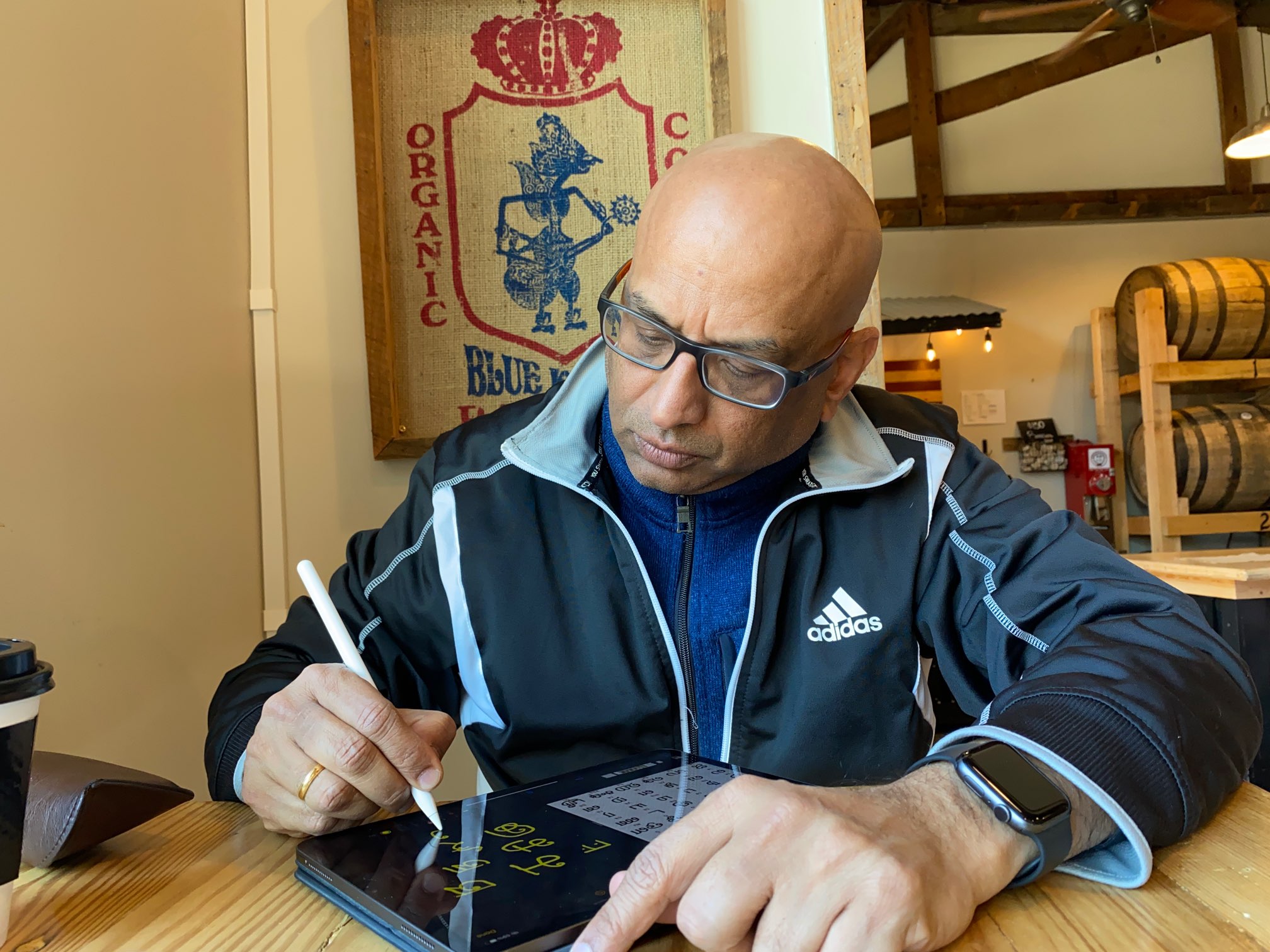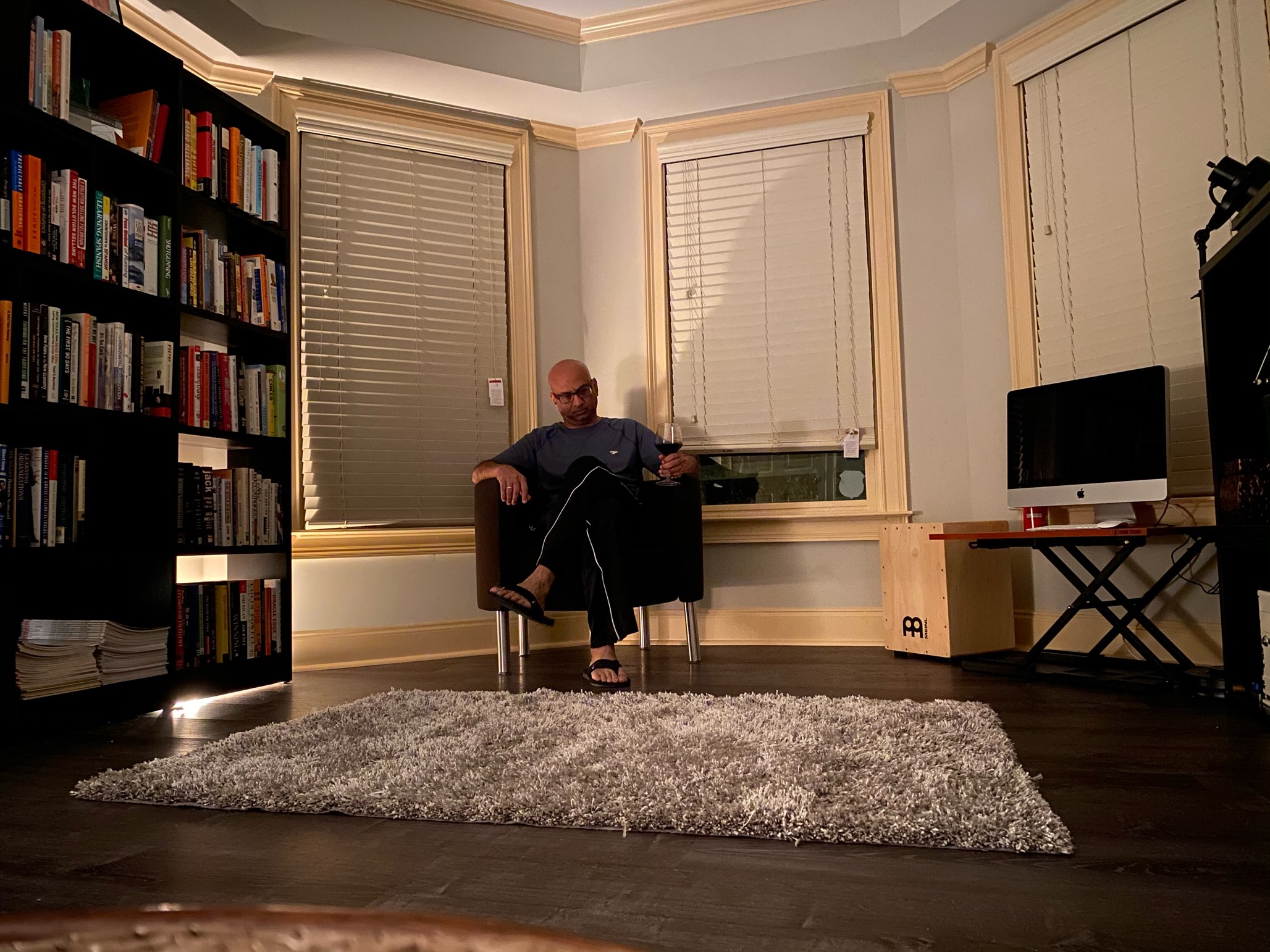If the first morning of the year was rainy…
This year, I wish you a little more
Every year, like clockwork, I wish you enough. It is an outstanding perspective-setting story from Bob Perks that reminds us of all the blessings we already have and how, to truly enjoy the benefits of life, we have to endure the pains too.
Even against that backdrop, it appears to me that wishing you enough this year is not enough any more. Not in a year that enveloped each and every one of you with the dreaded pandemic that upended your and your family’s lives as you knew it.
In a year when the person who had originally wished me enough got the dreaded cancer affliction, in a year when I came to the realization that the goodbye I had waved to my mom earlier in the year was going to be the last goodbye to her ever, in a year when I got cut off from my friends in the hospice – worse each one of them died without even being able to see their near and dear ones thru as much as a glass window, it seems it would be blissfully insensitive just to wish you enough.
This year, therefore, I wish you more than enough.
Whatever it is that makes you happy, I wish you a little more than you yourself are wishing for.
And in that pursuit of happiness of yours, should you be looking for some company, I wish myself that you will accept me in that journey – at least for a while. For, the best answer to the question of “What is more important – the destination or the journey?”, I have learnt this year, is “the company”.
Rainy start to 2021
Book Review – Appollo’s Arrow by Nicholas Christakis
Nicholas is a renowned doctor and sociologist who has done some great research into Covid-19 and other pathogens. His research is detailed enough to show the map of rooms on the 9th Floor in the Hotel Metropole to show how the spread of the virus was fairly unpredictable. (who will get it and who will not).
He gets into some interesting descriptions of why people resort to not believing science or how pandemics end. How pandemics bring the worst out of humans and also the best out of humans. He also details how pandemics – this being no exception – mostly highlight and heighten inequality.
But mostly, he gives a gripping day by day account of what happened in the early stages of 2020 when we were learning about the virus for the first time.
A fascinating paragraph from the book:
“It is not clear why human beings should be favored to win against microbes in an evolutionary arms race. Microbes have been around a lot longer than humans, are far more numerous, do not mind dying and can mutate rapidly, evading our defenses.”
Some of the things you will learn about pandemics and pathogens:
1. Concept of IFR and CFR (infection fatality rate and case fatality rate) as well as RE and R0 (called R naught) to understand how bad a virus can be.And how the value of R0 defines what percentage of the population need to get vaccinated to reach herd immunity.
2. There are only seven types of coronavirus that infect humans. Four of them cause common cold!
3. SARS-1 was fundamentally different from SARS-2 since a SAR-1 patient could not infect BEFORE being symptomatic. (mismatch period was virtually 0)
4. Future mutations of virus get increasingly WEAKER not stronger. Due to Darwinian evolutionary pressures, it is AGAINST the interest of the virus to kill the host. It simply wants – like everybody else – to multiply and spread.
5. Irony in our education – we dedicate pages after pages in history books for wars – like World War 1 – and none for pandemics like the 1918 influenza. Yet the latter killed far more people than the former!!
6. The term “quarantine” goes back to the days when ships were kept offshore for 40 days in case there was an infection onboard. The number 40 has many references in the Bible (e.g. the flood that had Noah building the ark lasted 40 days)
7. Contrary to what most people think, medicine has actually played a surprisingly small role in the decline of most infectious diseases across time. In fact a vaccination was always found decades after the peak of deaths. We managed with socioeconomic improvements and public health measures
8. The book predates the Covid-19 vaccine. First time in our history, we have managed to find a medical solution (vaccine) with the pandemic barely completing a year. This once, medicine WILL play a big role in the decline of deaths. Which made me think – could it be that as we get into more respiratory pandemics (about once every 20 years), we will find medical solutions in a matter of a couple of months – ultimately technology triumphing the microbes?
9. While most pandemics are U shaped (if you plot age on X-axis and fatality on Y axis) or L shaped (and in some cases W shaped) – Covid-19 has been an exception in the sense, it is J shaped (fatality rises sharply at the older ages).
10. The author predicts that our practice of shaking hands in the Western world will go the way of spittoons in movie halls and cigarette smoking in airplanes.
11. The reason why we had toilet paper shortages is not entirely explainable by hoarding. In fact, in a 24 hour day, taking away 8 hours of sleep, with no office to go to, time spent in home doubled (from 8 to 16). Increasing demand for TP in every home by a factor of two (moved the demand from office bathrooms to home bathrooms). But the supply chain for paper products to home versus office are completely different and it takes a lot of time to switch!
12. 38% of Americans believe that God created humans in their present form sometime in the last ten thousand years! Over 25% Americans believe that the sun revolves around the earth!! And 61% cannot identify Big Bang as the origin of the universe.
13. All modern plagues are zoonoses coming to us from wild animals. Our other major contagious diseases (smallpox, TB, measles etc) came to us from animals we have domesticated.
Anyways, I hope you will enjoy it as much as I did. Two thumbs up for this book.
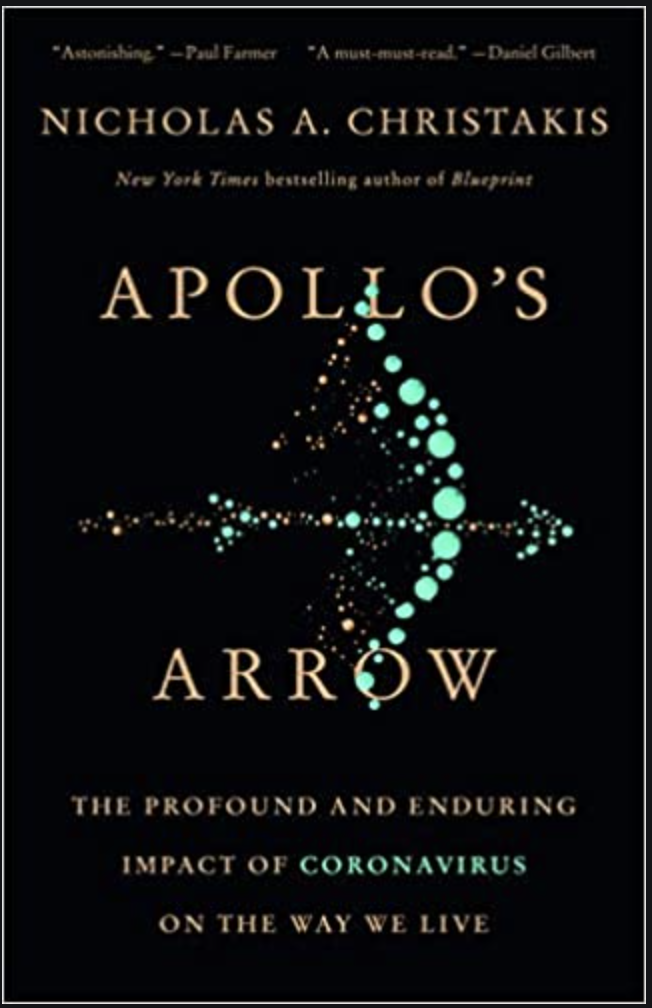
Holidays have shifted my workplace from Roam to local coffee shops…
Picked up alphabet learning again…
Evening relaxation
The stories about my sanity are largely exaggerated…
If you thought that my car is old – it has a cassette player – try this:
In a bit of head turning lunacy, I got myself a turntable (vinyl record player). I had been thinking about it for quite some time – but a discussion with Ashok Deb last Sunday at the Chalupa post-run coffee get together – led to a firm resolve on my side. Thinking no further, ordered a Japanese turntable (Denon). Which duly arrived on Wednesday. Assembled it and set it up last night.
Just the mere sight of it brings back too many memories. As a child, I was fascinated by this device – which we called “record player” for some reason. Way back in December 1974, we had visited my mother’s elder sister. They had a “record player”. Uncle (who I last saw in 2014) had shown me the device. He put a Hemanta Mukherjee vinyl on it and let it rip. I was fascinated by how the thing would keep going round and round and somehow produce an amazing sound. (I was 8 years old then). But uncle would not let me touch the vinyl. I figured they must be very important.
Much later, I found out that my school mate – Ashoe Das – had turntable too. I became a regular feature on Sundays at his house at 11AM. His parents used to love me and his dad allowed me a lot more freedom. He showed me how to load the vinyl, put the pin on it (I was always scared of putting the pin down lest I scratched the vinyl), how to change the speed etc. None of those folks are alive any more. I would have absolutely sent them this picture.
This week, I had to sit down and learn the basics of a turntable – you know direct motor versus belt (I got the belt), maintenance of the cartridge and all that. My next problem was how to get LP records. The problem is I do not listen to Western music. At all.
I spent an hour at the Vinyl shop in Alpharetta and came home with a Saxophone (jazz) record. That is all I am listening to all day.
Do you folks know where I might get good LP records – could be instrumental, Hindustani classical, Ghazal/Qawali and such?
Meanwhile, I am getting inexplicable thrills every time the thing starts rotating and the arm loads itself!!
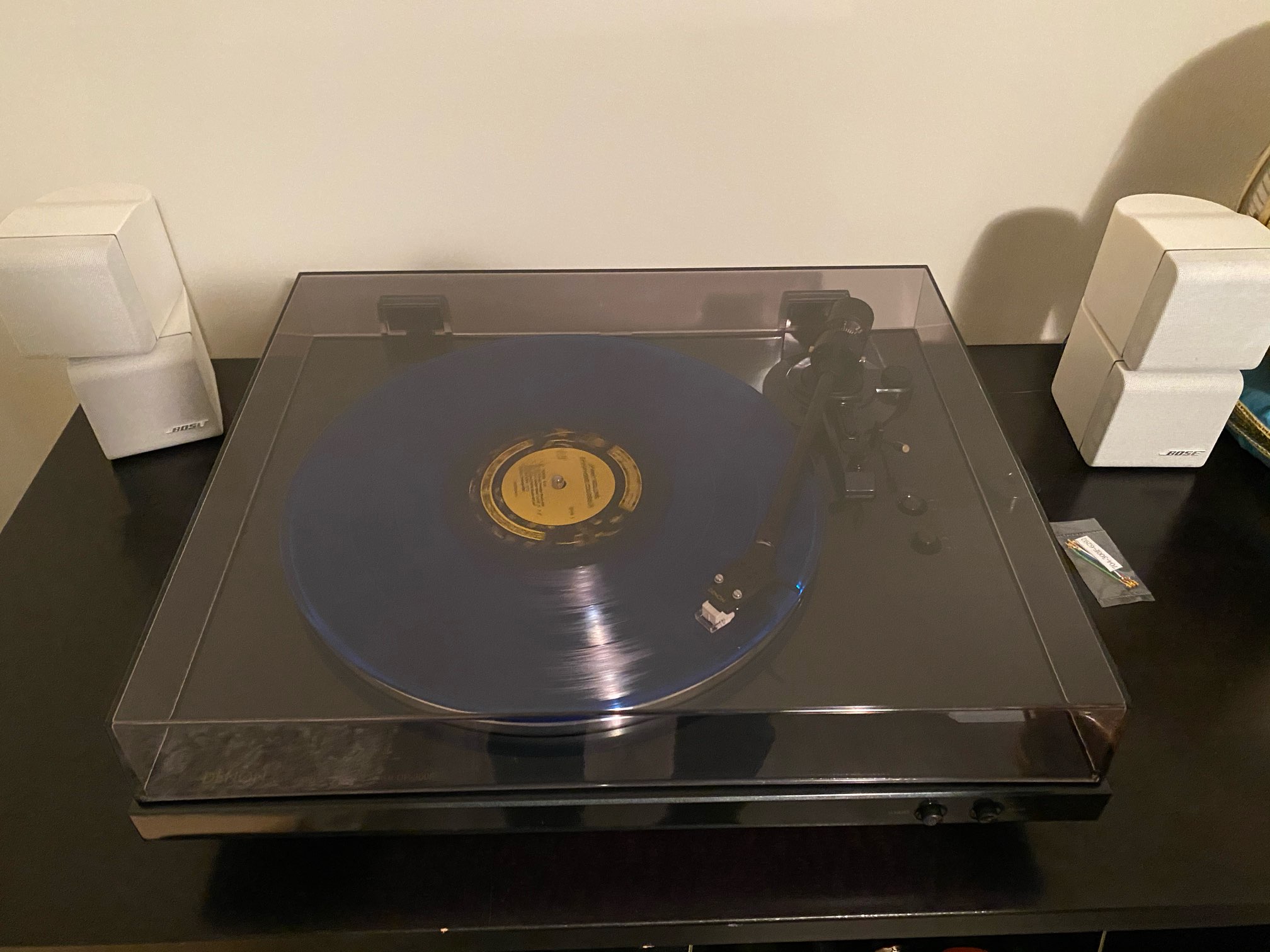
Book Review: How We Got To Now by Steven Johnson
As mentioned before (see here) this is a book recommended to me by Avi Basu. As I had mentioned there, the author’s basic premise is that while we remember an invention for its immediate effect, in reality, there are a lot more profound downstream effects that we do not pause to realize. One example he talked about was how the printing press led to telescopes and microscopes. In a fashion that you will fail to connect – even after I tell you that one led to the other.
He calls this the “hummingbird effect”.
The six “inventions” the author focuses on are Glass, Cold (as in air conditioning), Sound (recreation of sound), Clean (-liness), Time and Light.
To me, the book starts on a high note, maintains the level of excitement for a couple of more chapters but towards the end (Time and Light), I found the discussions to lose the energy and sometimes the point the author was trying to make to be a little abstruse.
But that should not take away any merit from the very interesting and unique way Steves has tried to tie together the tapestry of various inventions.
Did you know that the world renowned glass making island of Murano (we visited in 2015 and got this from there) was a result of protecting public safety? (the glassmakers were banished there)
Did you know the origins of air conditioning included cutting up huge ice pieces from lakes in Massachussetts and then shipping them to the tropics? The invention of air conditioning not only circulated air molecules, it circulated people too! Hitherto barren lands – now called Texas, Florida and California rapidly saw people move there due to the tolerable temperatures that could be created inside. Florida went from less than a million people in 1920s to the Top 4 populous state in under 50 years!
This has had a very interesting effect – on Presidential Elections!! The redistributing of electoral colleges that air conditioning effected decisively moved election attention to the Sun Belt.
The ability to recreate sound quickly gave rise to the radio and then jazz. The author asserts that jazz – which created overnight celebrities (mostly Africa-Americans) led to a profound breakthrough – for the first time, white America welcomed African-American culture into its living room. Eventually paving the path to the birth of the civil rights movement.
In another interesting example, the author traces how a dangerous and unauthorized experiment with chlorine (lime) released into a New Jersey water tank proved the thesis a John Seale had – chlorine disinfects water of its contamination – and how that eventually led to people taking daily showers (a rather modern less-than-100-year practice in the USA). Which then led water to be used for as social entertainment – the swimming pool – which then led women to shed multiple layers of clothing that was the common practice to exposing almost all skin in public in a very short period of time!!
Go figure!!
One interesting point in the book – while we remember a person for an invention (Edison for light bulb, as an example), it is rarely one person who actually invents anything. (In fact, Edison did not invent the lightbulb but that is a story for another day). All inventions are fundamentally built on work (and other inventions) done by others and sometimes within a small period of time, multiple people invent the same thing. The time and forces of nature are just right at that point.
Easy reading. Recommend it.
